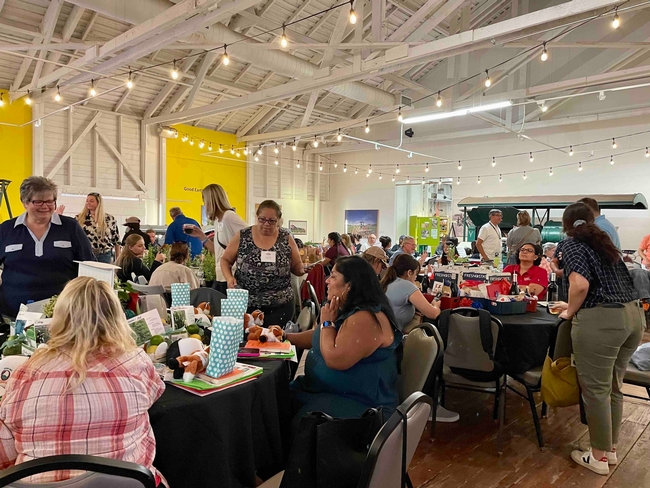For the first time in three years, the California Agriculture in the Classroom Conference was held in-person this past September. Ventura County, with its rich agricultural heritage, was the perfect location for the conference to make its comeback. Growing up on the beaches of Long Island, New York, I was excited to attend the conference and spend some time by the shore. The conference agenda was filled with opportunities to learn and network through tours, presentations, exhibits, workshops, and discussions. Best of all, I returned home with three full bags of materials to use for school and environmental education.
Pre-Conference Tour and Reception
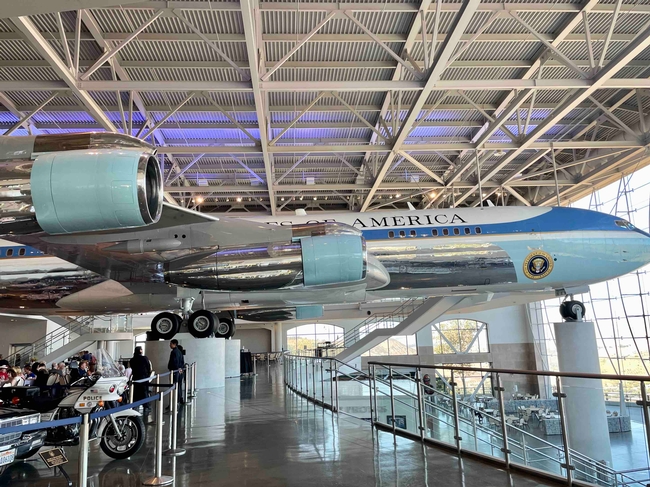
My second favorite part of the tour was walking through Air Force One and seeing how it was used during Reagan's time. The plane was retired after Reagan left office and moved to the site of the Library, where the building was constructed around it. The Air Force One Pavilion also houses vehicles from the presidential motorcade.
After the tour, I returned to the hotel for conference registration and a reception with Maureen McGuire,CEO of the Farm Bureau of Ventura County. I also took some time to network with exhibitors including the California Farm Bureau, California Women for Agriculture,Ventura County Farm to School, Students for Eco-Education and Agriculture (SEEAG), and the Ventura County Agricultural Museum.
Opening Session
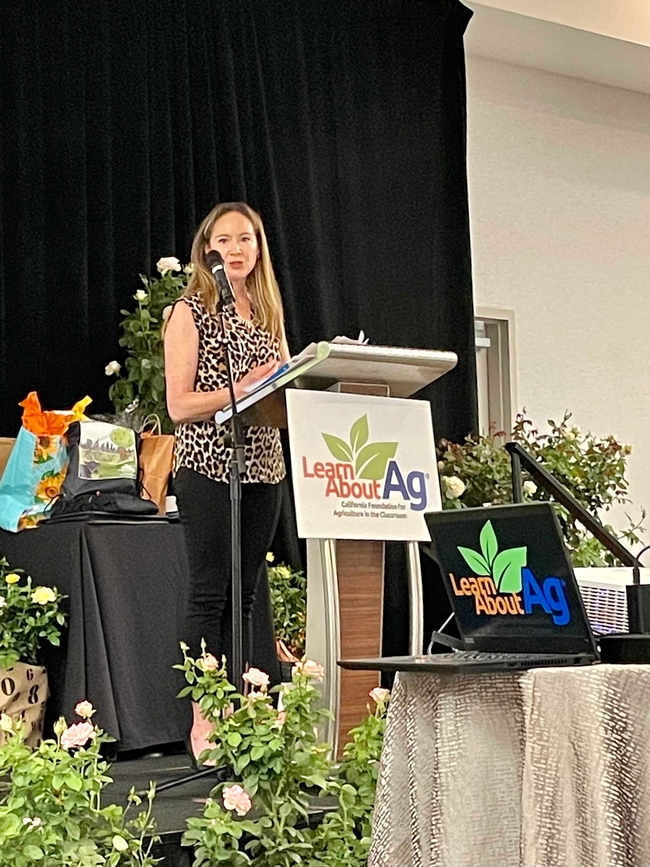
The last speaker was Christine Birdsong, the Undersecretary of the California Department of Food and Agriculture, who emphasized the importance of agricultural literacy for students and teachers. Because California has about 24 million acres of agricultural land and $20 billion in agricultural exports, the state's economic health is closely tied to agriculture. Agriculture is a growing career field that increasingly relies on technology, and a diverse group of young farmers is needed to replace those who are retiring.
Workshops
The opening session was followed by two workshop sessions. The first workshop I attended was “Youth Can Run a School Garden Program”, presented by Abbi Mars of UC CalFresh Healthy Living and students from Arthur Hapgood Elementary in Lompoc. I was inspired to hear how fifth and sixth grade students run all aspects of the school garden and teach younger students about gardening and nutrition. The student leaders rotate through different teams to learn about composting, fruit tree care, hydroponics, harvesting, and teaching. At the end of the workshop, the students gave a demonstration of the “Pest or Pal?” lesson from the CalFresh TWIGS (Teams with Intergenerational Support) curriculum.
My second workshop was “Bringing Gardening into the Classroom”, led by Veronica VanCleave-Hunt of CalFresh Healthy Living. She and her colleague presented three TWIGS garden lessons that can be taught in the classroom without a garden. The first lesson was “Seed Magic” where students dissect a seed and identify the parts. The workshop attendees received lima bean seeds that had been soaked in water and were instructed to remove the seed coat and identify the leaves, root, and cotyledon (food source). Who knew a simple seed could be so interesting?
The second lesson was “Soil” where we used our senses to observe the soil components of sand, silt, and clay. Then we learned how to conduct a soil test by mixing a soil sample with water in a jar and watching the layers separate. The final lesson was “Eat Your Plants” about how food can come from all plant parts: roots, stems, leaves, flowers, fruits, and seeds. The workshop instructors passed around bags, and the attendees tried to identify the fruit or vegetable inside and the plant part.
After the workshops, we were treated to a hearty lunch and an engaging talk from Coach Kiah Twisselman Burchett, “Grow Through It: Blooming Through Hardship”. Coach Kiah is a cattle rancher turned motivational speaker who shares her triumphs and struggles with body image and weight loss to empower others to find joy in life.
Field Trips and Taste of California Dinner
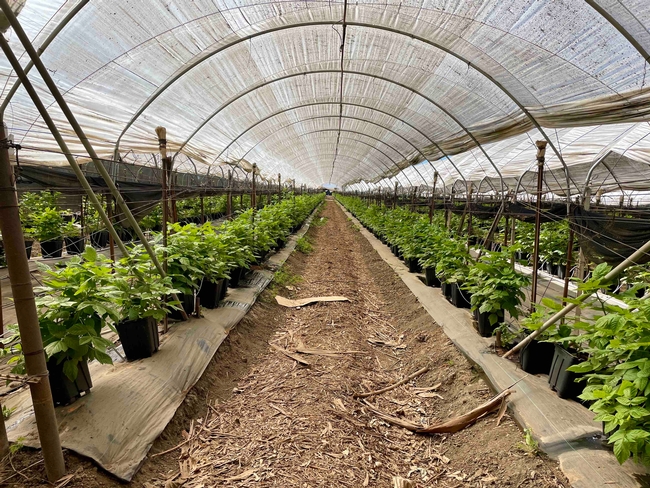
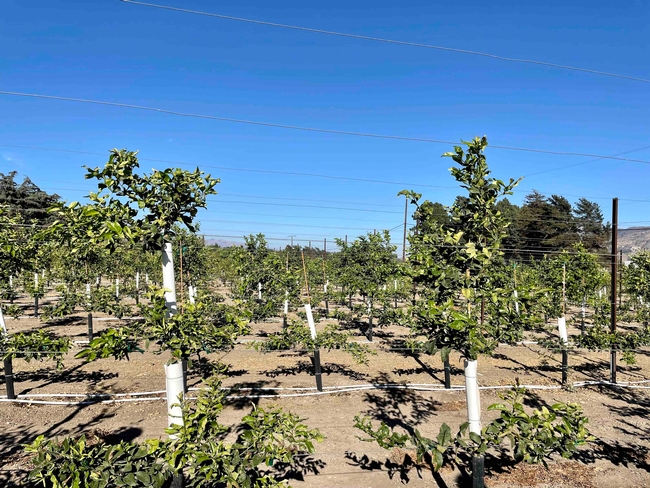
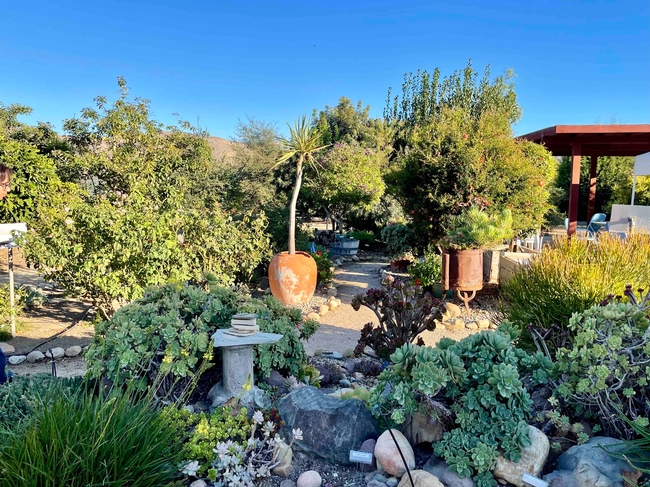
The day ended with the Taste of California at the Ventura County Agriculture Museum in Santa Paula. Each of the 13 tables was decorated according to a theme by a host organization. Hosts ranged from the Santa Paula High School Ag Department to the California Farmland Trust. I opted for the “CA Central Coast Cornucopia of Freshness” table hosted by the California Women for Agriculture, Ventura County. After a welcome from Shannon Douglass of the California Foundation for Agriculture in the Classroom, Coach Kiah took the reins as the emcee for some table games. At the end of the night, I filled a bag with take-home gifts of seeds, citrus, trail mix, and local Blue Ridge honey from my table host.
Closing Sessions
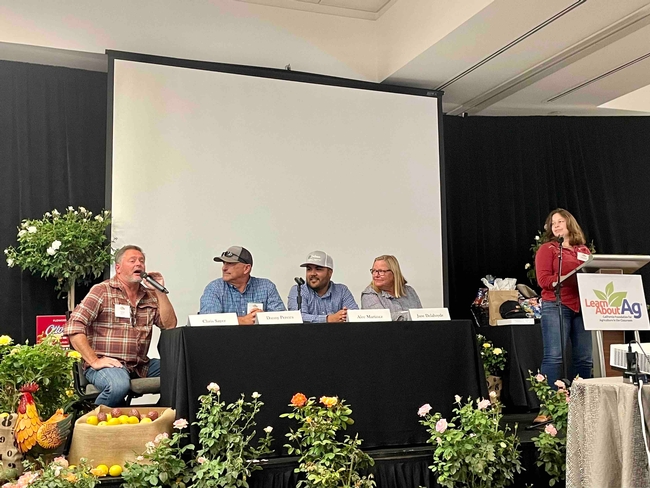
After the panel were the Make ‘n Takes, 20-minute activities to share with students. During the Beads and Books session, I made a daisy beaded bookmark from natural materials. From the Orange You Glad We Have Farmland? session, I learned the percentage of land available to grow food for the world–only 3 percent! The MyPlate Nutrition activity demonstrated ways to introduce the five food groups to students and help them list foods in each group.
I was sad to see the California Ag in the Classroom Conference come to an end but happy to spend a few hours on the beach before heading home. Next year, I look forward to attending the state conference again and maybe even the national conference in Orlando! If you're involved in agriculture education, I highly recommend checking out the resources that Ag in the Clasroom offers at https://learnaboutag.org and https://agclassroom.org.
Have you enjoyed reading this blog? Do you have questions? Need help with school gardens or environmental education? If so, send an email to dschnur@ucanr.edu. I look forward to hearing from you.
